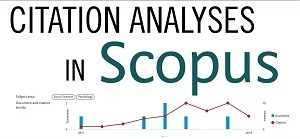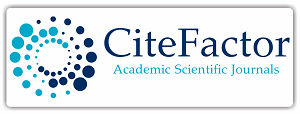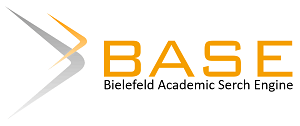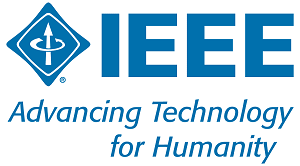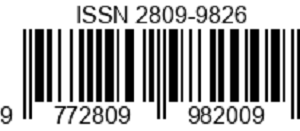Peer Review Policy
-
All research articles are reviewed by at least two suitably qualified experts.
-
All publication decisions are made by the journals’ Editors-in-Chief on the basis of the reviews provided.
-
Members of the Editorial Boards lend insight, advice and guidance to the Editors-in-Chief generally and to assist decision making on specific submissions.
-
Managing Editors and Editorial Assistants provide the administrative support that allows International Journal of Public Health Excellence (IPHE) to maintain the integrity of peer review while delivering rapid turnaround and maximum efficiency to authors, reviewers and editors alike.
In short, the steps are:
- Manuscript Submission (by author) (route 1)
- Manuscript Check and Selection (by manager and editors) (route 2). Editors have a right to directly accept, reject, or review. Prior to further processing steps, plagiarism check using turtitin is applied for each manuscript.
- Manuscript Reviewing Process (by reviewers double-blind review) (route 3-4)
- Notification of Manuscript Acceptance, Revision, or Rejection (by editor to author based on reviewers comments) (route 5)
- Paper Revision (by author)
- Revision Submission based on Reviewer Suggestion (by author) with similar flow to point number 1. (route 1)
- If reviewer seems to be satisfied with revision, notification for acceptance (by editor). (route 6)
- Galley proof and publishing process (route 7 and 8)
The steps point number 1 to 5 is considered as 1 round of peer-reviewing process (see grey area in the figure). And, our reviewing process at least goes through 2 round of reviewing process.
The journal editor or editorial board considers the feedback provided by the peer reviewers and arrives at a decision. The following are the most common decisions:
(i) accept without any changes (acceptance): the journal will publish the paper in its original form
(ii) accept with minor revisions (acceptance): the journal will publish the paper and asks the author to make small corrections
(iii) accept after major revisions (conditional acceptance ): the journal will publish the paper provided the authors make the changes suggested by the reviewers and/or editors
(iv) revise and resubmit (conditional rejection): the journal is willing to reconsider the paper in another round of decision making after the authors make major changes
reject the paper (outright rejection): the journal will not publish the paper or reconsider it even if the authors make major revisions



